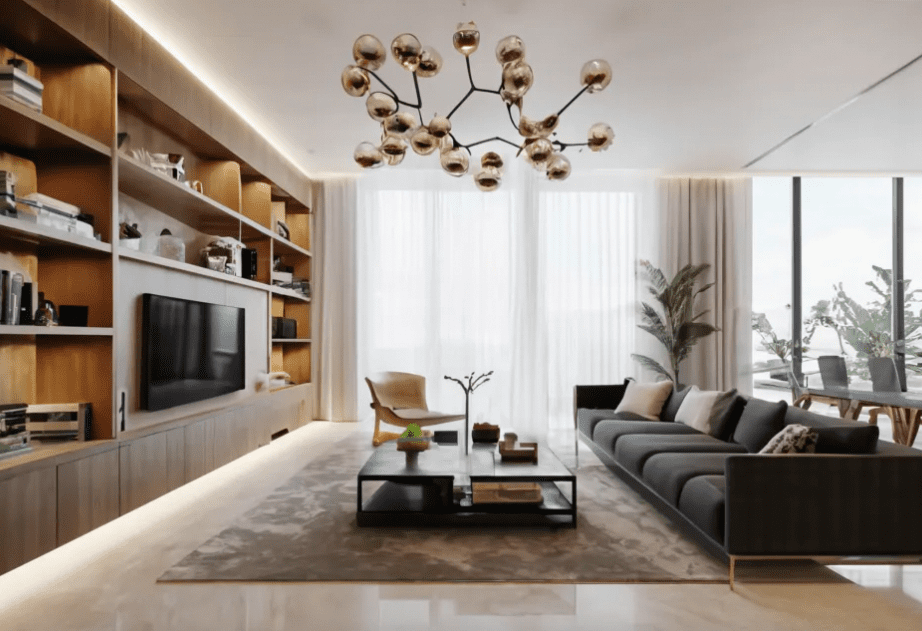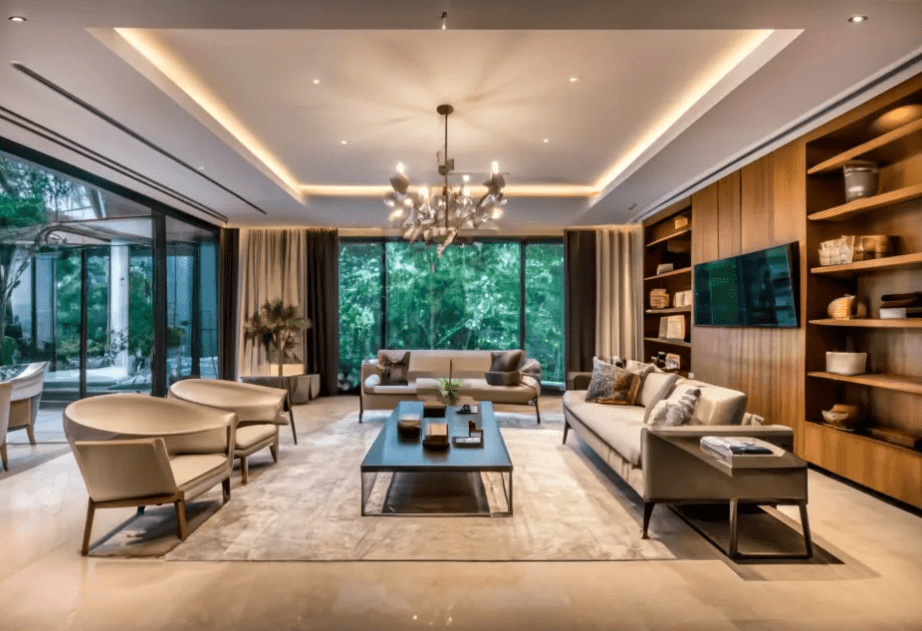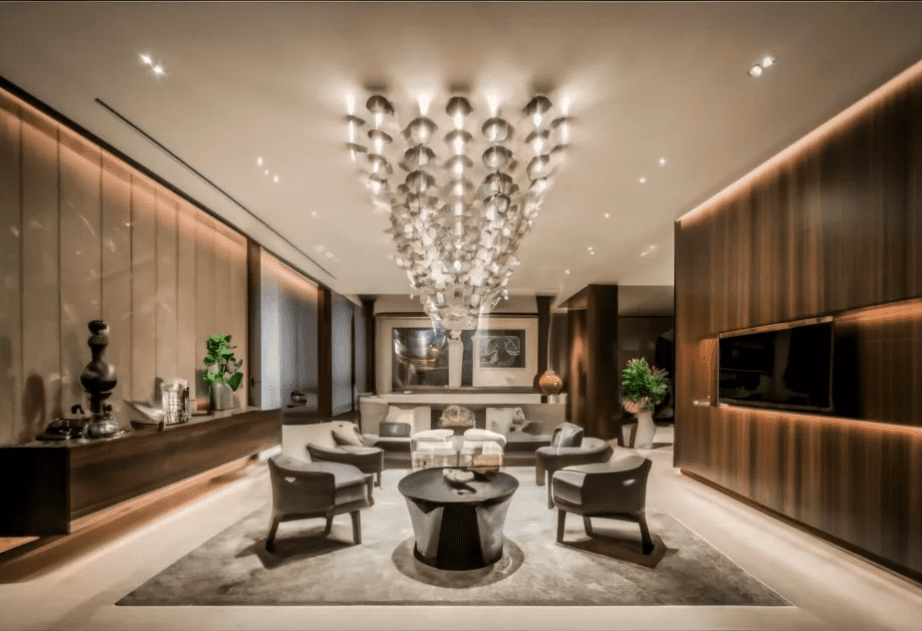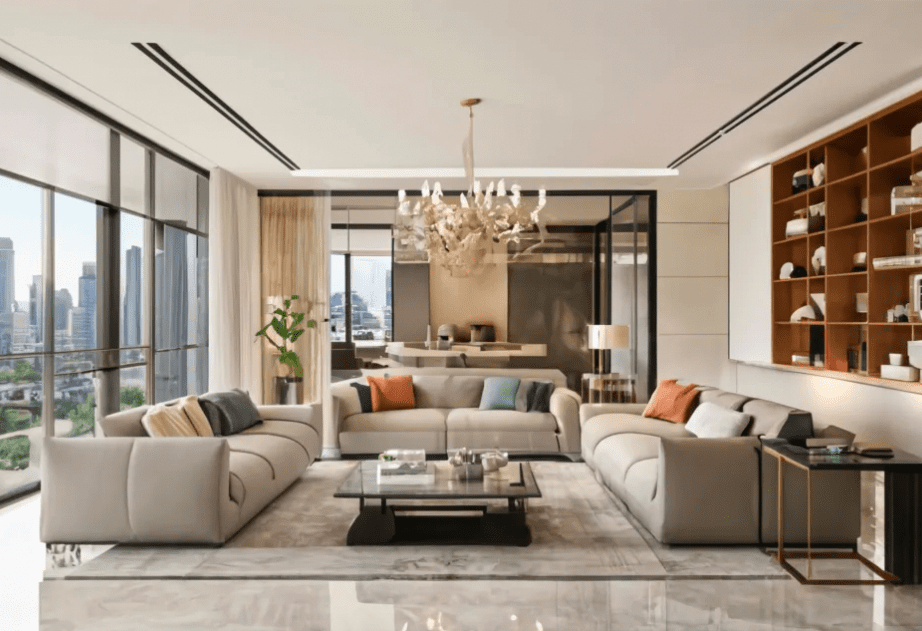Singapore, a vibrant metropolis known for its futuristic skyline and innovative spirit, is also a breeding ground for captivating design architecture. This comprehensive guide delves into the unique landscape of design architecture in Singapore, exploring its history, key influences, and exciting contemporary trends. Whether you’re a professional architect, a design enthusiast, or simply captivated by the city’s architectural marvels, this article offers valuable insights into Singapore’s architectural identity.
Key Takeaways:
- Uncover the rich history of design architecture in Singapore, from its colonial roots to its modern metamorphosis.
- Explore the diverse influences that have shaped Singapore’s architectural landscape, including Southeast Asian traditions, Western styles, and environmental considerations.
- Discover the prominent architectural styles and trends defining Singapore’s contemporary built environment.
- Gain insights into the innovative approaches architects in Singapore are taking to meet the challenges of a densely populated city.
- Learn about prominent design firms and institutions shaping the future of architecture in Singapore.
A Legacy Etchedin Stone: Tracing Singapore’s Architectural Journey
Singapore’s architectural heritage reflects a fascinating story of cultural exchange and adaptation. This section delves into the historical evolution of design architecture in Singapore:
- Colonial Influences (14th – 19th Century): The early architectural styles in Singapore were heavily influenced by European colonial powers, particularly the British and Portuguese. Shophouses, a hallmark of Singapore’s colonial architecture, emerged during this period. These buildings typically feature a narrow footprint with a shop space on the ground floor and living quarters above. Their architectural details often reflect European styles like Georgian architecture, with symmetrical facades and large windows. Fortifications like Fort Canning and colonial government buildings like the Parliament House are other notable examples of European influence.
- Post-Independence Strides (1965 – Present): Following Singapore’s independence in 1965, the architectural landscape began to shift towards reflecting a national identity. Architects like Premise Architects and Patrick Durham pushed for designs that incorporated Southeast Asian design features, adapting traditional elements to suit a modern context. The use of open courtyards, stilted buildings, and ventilation strategies became prominent to combat Singapore’s hot and humid climate. The National Theatre, with its distinctive durian-shaped performance halls, exemplifies this blend of modern functionality and Southeast Asian design influences.
- The Rise of Modernity (Late 20th Century – Present): The latter half of the 20th century witnessed the emergence of modern architectural styles in Singapore. Functionalism, a design philosophy emphasizing usability over ornamentation, became a dominant theme. High-rise development boomed as Singapore addressed its growing population density. The Marina Bay area, with iconic structures like Marina Bay Sands and the OCBC Centre, showcases this era’s focus on vertical living and bold architectural forms.

A Tapestry of Influences: Shaping Singapore’s Architectural Identity
Singapore’s unique geographical location and multicultural society have resulted in a design architecture that reflects a fascinating blend of influences. This section explores the diverse influences shaping Singapore’s architectural landscape:
- Southeast Asian Heritage: Traditional design elements from neighboring Southeast Asian countries have significantly influenced Singapore’s architecture. Malay vernacular architecture, characterized by stilted buildings, pitched roofs, and use of natural materials like timber, finds expression in contemporary structures. Open courtyards, a common feature in Southeast Asian homes, are also frequently incorporated into modern Singaporean buildings to enhance natural ventilation and create communal spaces. Gardens by the Bay, with its Supertrees integrating nature and technology, exemplifies this harmonious blend of tradition and modernity.
- Western Architectural Trends: Western architectural styles like modernism and brutalism have also left their mark on Singapore’s built environment. Modernist principles of simplicity, clean lines, and functionality are evident in buildings like the National Library and the Esplanade – Theatres on the Bay. Brutalism, characterized by the use of exposed concrete and a focus on mass and form, can be seen in structures like the Pearl Bank Apartments. However, these Western trends have been adapted to suit Singapore’s climate and context, often incorporating elements like sun shading and ventilation strategies.
- Sustainable Design Focus: As environmental concerns rise globally, sustainable design principles are playing an increasingly important role in Singapore’s architecture. Architects are incorporating green building practices like energy-efficient facades, rainwater harvesting systems, and the use of recycled materials. Vertical greenery, sky gardens, and natural lighting are also becoming prominent features, promoting a connection with nature and reducing reliance on artificial cooling. The One North business park, with its focus on sustainable development and green building practices, exemplifies this growing trend.

A City on the Rise: Exploring Contemporary Design Trends
Singapore’s architectural landscape is constantly evolving, adapting to meet the challenges and opportunities of a densely populated city. This section delves into the exciting trends defining modern design architecture in Singapore:
- Vertical Living: With limited land space, Singapore has embraced vertical living as a solution to its high population density. High-rise buildings are a dominant feature of the cityscape, offering residential units, office space, and commercial areas within a single structure. Mixed-use developments, combining residential, commercial, and recreational spaces in a single skyscraper, are another space-saving strategy. This approach promotes efficient land use and fosters a sense of community within these vertical neighborhoods. Marina Bay Financial Centre, a complex of high-rise office buildings connected by sky bridges, exemplifies this trend towards vertical living and interconnected spaces.
- Biophilic Design: Recognizing the benefits of nature for human well-being and environmental sustainability, biophilic design principles are gaining traction in Singapore’s architecture. This approach integrates natural elements into buildings, fostering a connection with the outdoors. Green walls, featuring vertically planted vegetation, not only enhance aesthetics but also improve air quality and reduce energy consumption. Sky gardens, landscaped areas on rooftops or within buildings, offer residents and workers opportunities to connect with nature within the urban environment. The condominium development called “Tree House” features cascading green terraces and lush vegetation, exemplifying the integration of biophilic design principles.
- Smart Technologies: Singapore is at the forefront of technological innovation, and this is reflected in its architecture as well. Smart buildings are increasingly being developed, incorporating technologies like building automation systems, sensor networks, and data analytics. These technologies allow for improved energy efficiency, optimized resource management, and enhanced user experiences. For example, smart lighting systems can adjust automatically based on ambient light levels, and smart air conditioning systems can personalize temperature control within buildings. The CapitaSpring complex, integrating smart technologies for sustainability and occupant comfort, exemplifies this trend towards intelligent buildings.
Innovation at its Core: Pioneering Architects and Design Firms
Singapore boasts a vibrant design community with talented architects and innovative design firms shaping the city’s architectural future. This section introduces some of the leading players in this field:
- Profile Prominent Architects:
- WOHA: This award-winning architectural firm is renowned for its innovative and sustainable designs. WOHA’s projects, like the Pasir Panjang Terminal and the Kampung Admiralty mixed-use development, showcase a focus on biophilic design, vertical communities, and integration with the natural environment.
- Ministry of Design (MOD): Known for their bold and futuristic designs, MOD has played a significant role in shaping Singapore’s architectural landscape. Their portfolio includes iconic structures like the Singapore ArtScience Museum and the Marina Bay Sands Skypark, showcasing their innovative approach to form and function.
- DP Architects: This internationally acclaimed firm has extensive experience in various architectural sectors. Their projects in Singapore, like the Jewel Changi Airport and the DUO towers, exemplify their expertise in creating large-scale, mixed-use developments that integrate seamlessly with the surrounding environment.
- Highlight Design Institutions: Prestigious design institutions like the Singapore University of Technology and Design (SUTD) play a crucial role in nurturing future generations of architects. SUTD’s curriculum emphasizes design thinking, innovation, and sustainability, preparing students to address the challenges and opportunities of the future built environment. The university’s campus itself, designed by award-winning architect Kerry Hill Architects, embodies the principles of sustainable design and integrates seamlessly with its surroundings.

A Gateway to the Future: Singapore’s Evolving Architectural Landscape
Singapore’s design architecture is a testament to the city’s constant evolution and its commitment to innovation. As the city continues to grow and adapt, its architectural landscape will undoubtedly continue to push boundaries and inspire. Here’s a table summarizing the key aspects explored in this article:
Table 1: A Snapshot of Singapore’s Design Architecture
| Aspect | Description | Example |
| Historical Influences | Colonial influences (shophouses), Post-independence national identity (National Theatre) | Fort Canning, Parliament House |
| Design Influences | Southeast Asian traditions (open courtyards), Western styles (modernism, brutalism), Sustainable design | Gardens by the Bay, Pearl Bank Apartments, One North |
| Contemporary Trends | Vertical living (Marina Bay Financial Centre), Biophilic design (Tree House), Smart technologies (CapitaSpring) | Mixed-use developments, green walls, sky gardens, building automation systems |
| Pioneering Architects | WOHA (sustainable designs), Ministry of Design (futuristic forms), DP Architects (large-scale developments) | Pasir Panjang Terminal, Marina Bay Sands Skypark, Jewel Changi Airport |
Looking ahead, several exciting trends are poised to shape the future of design architecture in Singapore:
- Focus on Resilience: With climate change posing a growing threat, architects in Singapore are increasingly incorporating strategies for resilience into their designs. This includes features like flood protection measures, heat-resistant materials, and self-sufficiency in terms of energy and water resources. Buildings may be designed to withstand extreme weather events and adapt to rising sea levels.
- Embracing Technology: The integration of advanced technologies will continue to transform Singapore’s architecture. We can expect to see even more widespread adoption of artificial intelligence (AI) in building management systems, 3D printing for construction, and the use of virtual reality (VR) for design visualization and collaboration. These technologies will further enhance efficiency, sustainability, and user experience within buildings.
- Human-Centric Design: As architects strive to create livable and vibrant urban spaces, a renewed focus on human-centric design is emerging. This approach prioritizes the needs and well-being of building occupants, fostering a sense of community and creating spaces that encourage interaction and social connection. Public plazas, green spaces, and communal areas will likely become even more prominent features in future developments.
- Urban Regeneration: As Singapore’s existing built environment matures, there will be a growing emphasis on urban regeneration projects. This involves revitalizing older districts, adapting existing buildings for new uses, and creating sustainable and livable communities. By breathing new life into existing structures, urban regeneration offers an environmentally friendly approach to meeting the city’s evolving needs.
Conclusion: A City Redefined by Design
Singapore’s design architecture stands as a testament to the city’s constant evolution and forward-thinking approach. By understanding its rich history, diverse influences, and innovative contemporary trends, you gain a deeper appreciation for the architectural marvels that define this dynamic metropolis. As Singapore continues to push boundaries in design and sustainability, its architectural landscape will undoubtedly continue to captivate and inspire. Whether you’re an architect, a design enthusiast, or simply a curious traveler, Singapore offers a wealth of architectural treasures waiting to be explored. So, come and experience the captivating fusion of tradition, innovation, and functionality that defines design architecture in Singapore.
At SheInterior, we blend innovative design with architectural excellence to create spaces that are not only aesthetically pleasing but also highly functional. Our approach is tailored to meet your unique needs, ensuring that every detail reflects your personal style and enhances your living environment.

